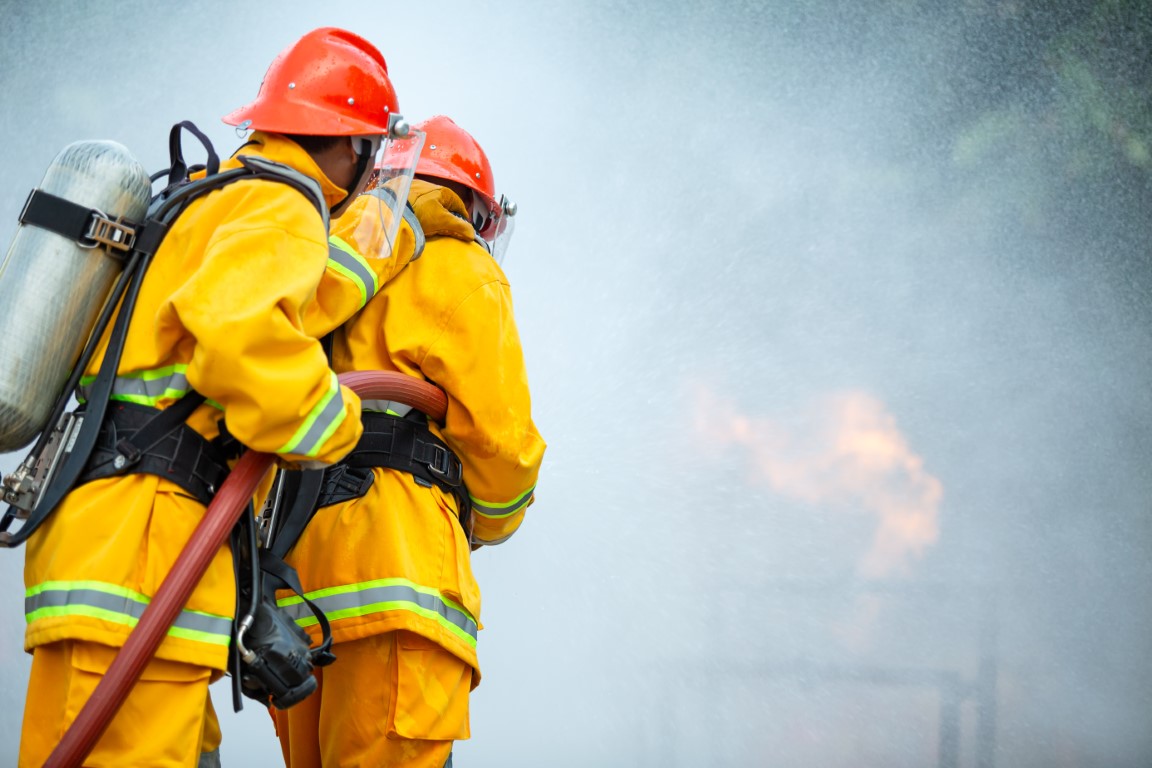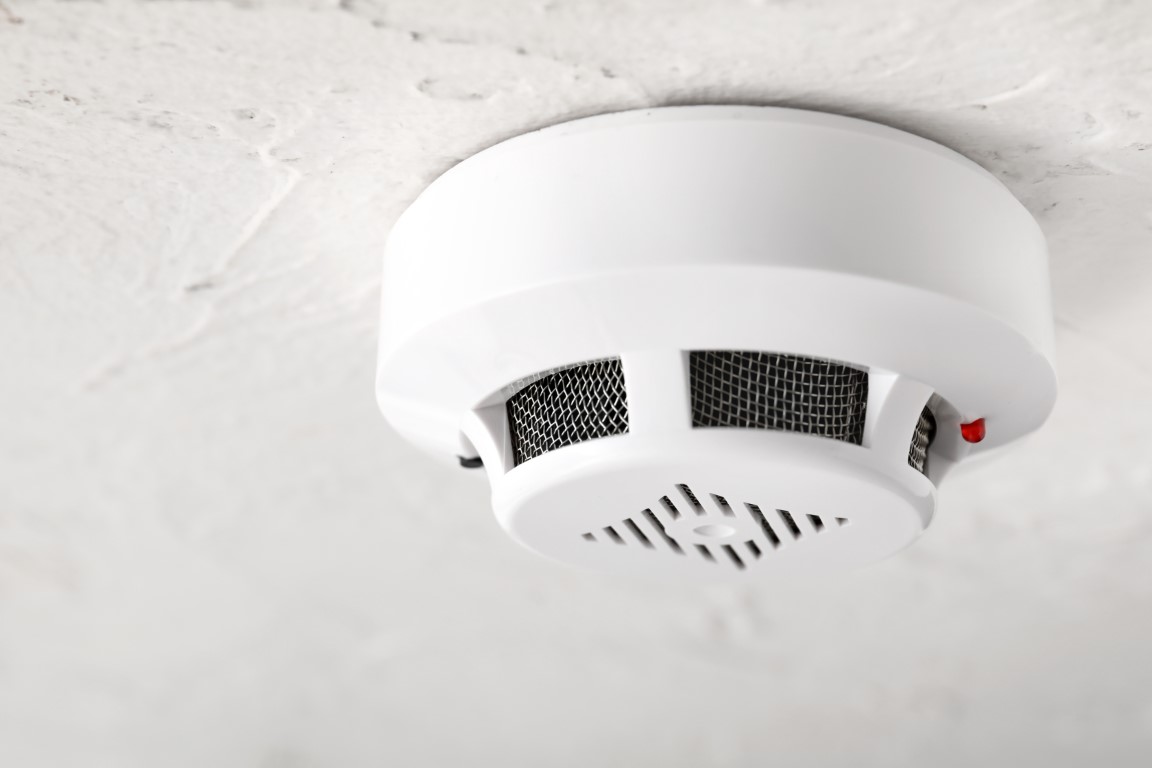October 17th 2022
 People often ask “can you sell a property that does not comply with current fire retrofit requirements?” The simple answer to that is yes, the building can be sold, but it is important that the buyer be aware of what he is getting and the possible ramifications that can arise down the line if the deficiencies are not identified and remedied.
People often ask “can you sell a property that does not comply with current fire retrofit requirements?” The simple answer to that is yes, the building can be sold, but it is important that the buyer be aware of what he is getting and the possible ramifications that can arise down the line if the deficiencies are not identified and remedied.
The province passed a rather comprehensive piece of legislation back in 1997 entitled The Ontario Fire Protections and Preventions Act. It is very extensive in its scope, but section 9.8 deals specifically with the fire retrofit provisions of the act. It is particularly pertinent to residential rental properties and especially multi-family dwellings. And while many landlords own and operate rental properties that do not conform to the requirements outlined in the retrofit legislation contained within the Act and the accompanying municipal by-laws related to fire retrofit, they need to be aware that the municipal fire departments are given the responsibility of enforcing the fire code. As such they have the authority to inspect your rental premises to assess fire safety. Any deficiencies can be met with an order to comply, generally with a deadline and an accompanying fine. This is not to be taken lightly.
Personally, I believe that while some provisions of the Act are unreasonable, such as a landlord’s obligation to ensure smoke and CO detectors are in good working order even if the tenant removed the batteries to put them in a child’s toy, other provisions are extremely important and need to be attended to. As a landlord, you would hate to have a fire break out that could be destructive not only to property but also to human life and learn that it was at least in part due to negligence on your part.
 We can’t look at the whole Act of course or even the entire scope of retrofit requirements, but there are some highlights we need to be aware of. With these in mind, you can easily spot areas in any building you might be considering buying that need work to bring them up to code.
We can’t look at the whole Act of course or even the entire scope of retrofit requirements, but there are some highlights we need to be aware of. With these in mind, you can easily spot areas in any building you might be considering buying that need work to bring them up to code.
a) Fire containment
The intention here is to provide protection for occupants living in a dwelling unit from a fire occurring in another portion of the building outside of their control. Here we need to be concerned about demising walls. A continuous separation with a 30 min fire-resistance rating is required. Plaster or fire-rated drywall will generally provide adequate protection, along with fire-rated entrance doors with metal or solid wood frames and self-closing devices. Pay special attention to any portion of a dwelling that is adjacent to a furnace room.
b) Means of egress
This needs to be carefully assessed as it is one of the key causes of death in the case of fire. While it isn’t mandatory that every dwelling have more than one exit, depending on configuration and fire containment provisions, it is especially critical in the case of basement apartments. Imagine a tenant waking up to the smell of smoke, opening the bedroom door, and being met by a wall of flames. It is imperative that the bedroom have a window and that window be large enough to allow escape.
c) Smoke alarms and Carbon Monoxide detectors

As a general rule of thumb, where you have more than one unit accessing or exiting their unit via a common hallway or stairway, direct-wired and interconnected smoke alarms will be required in all common areas, on every storey above and below grade. These direct-wired smoke detectors must be wired in such a way as there is no disconnect breaker unique to the smoke alarm.
The individual units themselves while not requiring direct-wired devices must have functioning smoke alarms (and in most municipalities carbon monoxide alarms) on every floor and audible in bedrooms when the bedroom doors are closed. Smoke alarms, as we’ve mentioned must be maintained in operating condition and this is the responsibility of the owner.
d) Electrical safety
In any multi-family dwelling, the owner is responsible, at his expense, to have a general inspection done by the Electrical Safety Authority (ESA). Any deficiencies must be remedied. Following the inspections and necessary remedial work, the owner should retain a letter of compliance from ESA for future reference which must be made available to the Chief Fire Official if requested.
You would be wise to review these requirements when assessing any multi-family residence you currently own and any one you are contemplating buying. As a word of caution, don’t call the fire department in for assessment, especially for properties you do not yet own as the result may be a charge laid. There are lots of independent assessment firms available who can give you a full report on what work, if any, may be required to bring a building into compliance.